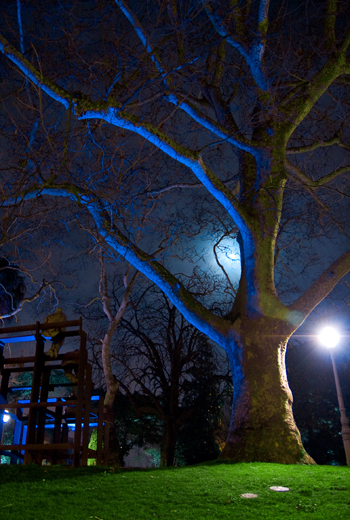Distributed crystal fibre sensing for extreme environments
C. J. Dalzell, T. P. J. Han, I. S. Ruddock, University of Strathclyde (United Kingdom)
Distributed sensing of temperature can be achieved by using time-correlated two-photon excited fluorescence (TPF). To assess the extension of this technique to crystal fibres for high temperature applications, various aspects are considered including the two-photon absorption cross-section (δ), dopant density and the geometry of single crystal fibres. By comparing the fluorescence yield for two-photon excitation with that for single-photon excitation of the same transition, δ for ruby was measured over the 0.8-1.2 μm range with maximum room temperature values of 5.9 × 10-3 GM for epolarisation and 4.6 × 10-3 GM for o-polarisation at 840 nm. It is shown that values of this magnitude are adequate for a practical TPF based crystal fibre sensor to be realised.
















